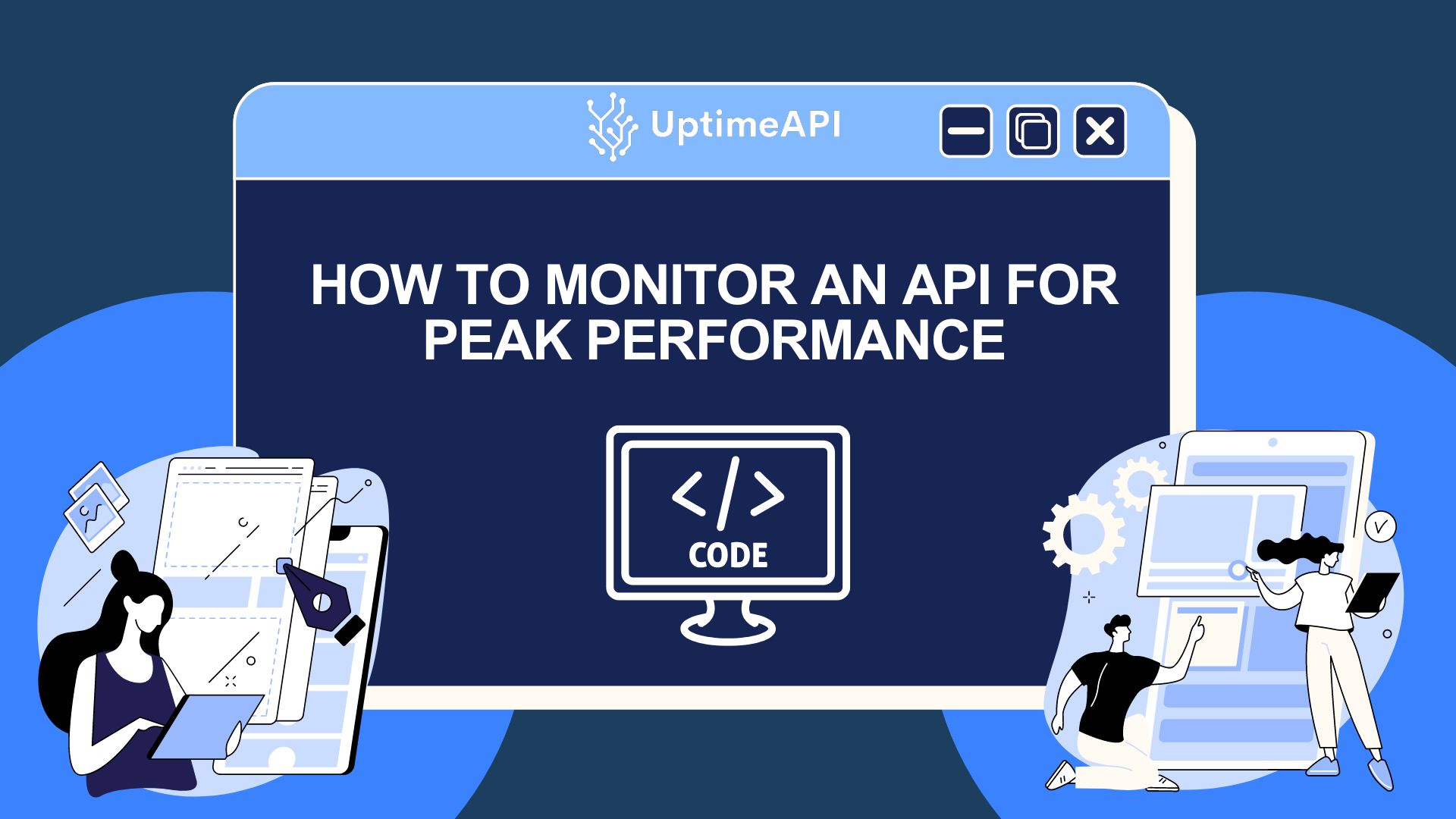How To Monitor An API For Peak Performance

In today's digital landscape, where APIs (Application Programming Interfaces) serve as the backbone of many software applications, monitoring API performance has become crucial for ensuring reliability, availability, and optimal user experience. Meeting service level agreements (SLAs) and maintaining high uptime are essential for the success of any API-driven application. In this comprehensive guide, we'll delve into the intricacies of API performance monitoring and provide insights into the best practices and tools available. If you're trying to learn how to monitor an API, this is your article!
Understanding How To Monitor An API
API performance monitoring involves the continuous observation and analysis of various metrics to gauge the health and efficiency of an API. It encompasses tracking key metrics such as response time, error rates, throughput, and concurrent connections. By closely monitoring these metrics, organizations can proactively identify and address performance bottlenecks before they escalate into critical issues.
One of the primary objectives of API monitoring is to ensure that the API remains available and responsive to client requests at all times. Downtime or unavailability can lead to disruptions in service, causing inconvenience to users and potentially damaging the reputation of the application.
Optimizing User Experience
API performance directly impacts the user experience of applications relying on the API. Slow response times or frequent errors can frustrate users and drive them away to competitors. By monitoring performance metrics, organizations can identify areas for improvement and enhance the overall user experience.
Service level agreements (SLAs), which specify the expected level of service for their APIs, are implemented by many enterprises. By tracking performance metrics, businesses may assess and document their adherence to service level agreements (SLAs), upholding their credibility and responsibility towards stakeholders and customers. Effectively monitoring and maintaining API performance requires the selection of the right API monitoring tools. Tools come in a variety of forms, each meeting distinct requirements and tastes in monitoring.
Uptime API
The Uptime API allows you to monitor your APIs. It works by gradually confirming that your APIs are up and running and performing as intended. Monitoring is easy to set up. You need to know the URL of the target API endpoint to be inspected and be able to change the watch's timeouts and intervals before you can set up monitors. Because the API provides historical data and analytics, you may track changes in API performance and uptime over time. Make your logs accessible so you can look into any issues with the API.
The Uptime API has timeouts that regulate how long it will wait for a response and monitoring intervals that regulate how often it checks your API's operation. With the use of these characteristics, you may tailor the monitoring to your needs and preferences. Additionally, you have the option to select which contacts get alert alarms and dashboard alerts. You may then utilize this to inform your team. Choose from a variety of customizable options with varying monitor capacities to get the monitoring package that best suits your requirements.
US dollars are used to display all prices. We take all major debit and credit cards. The payment system that uses the newest security technology is powered by Stripe, one of the most respected companies in the payments sector. Furthermore, you can utilize the Uptime API for thirty days without upgrading to a more expensive subscription.
